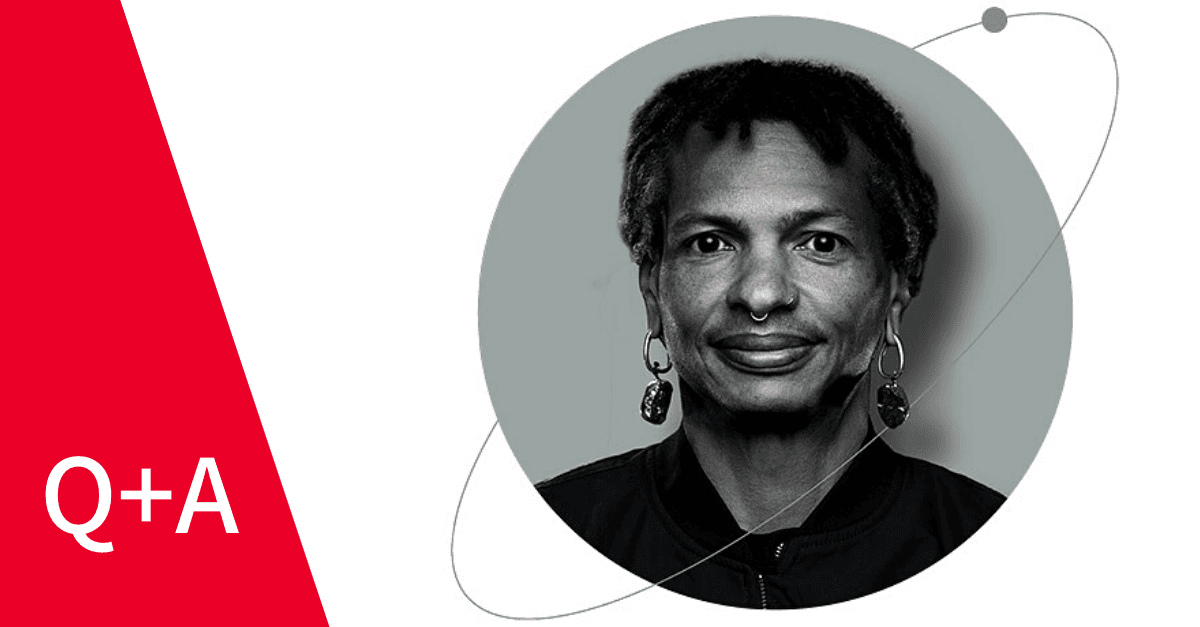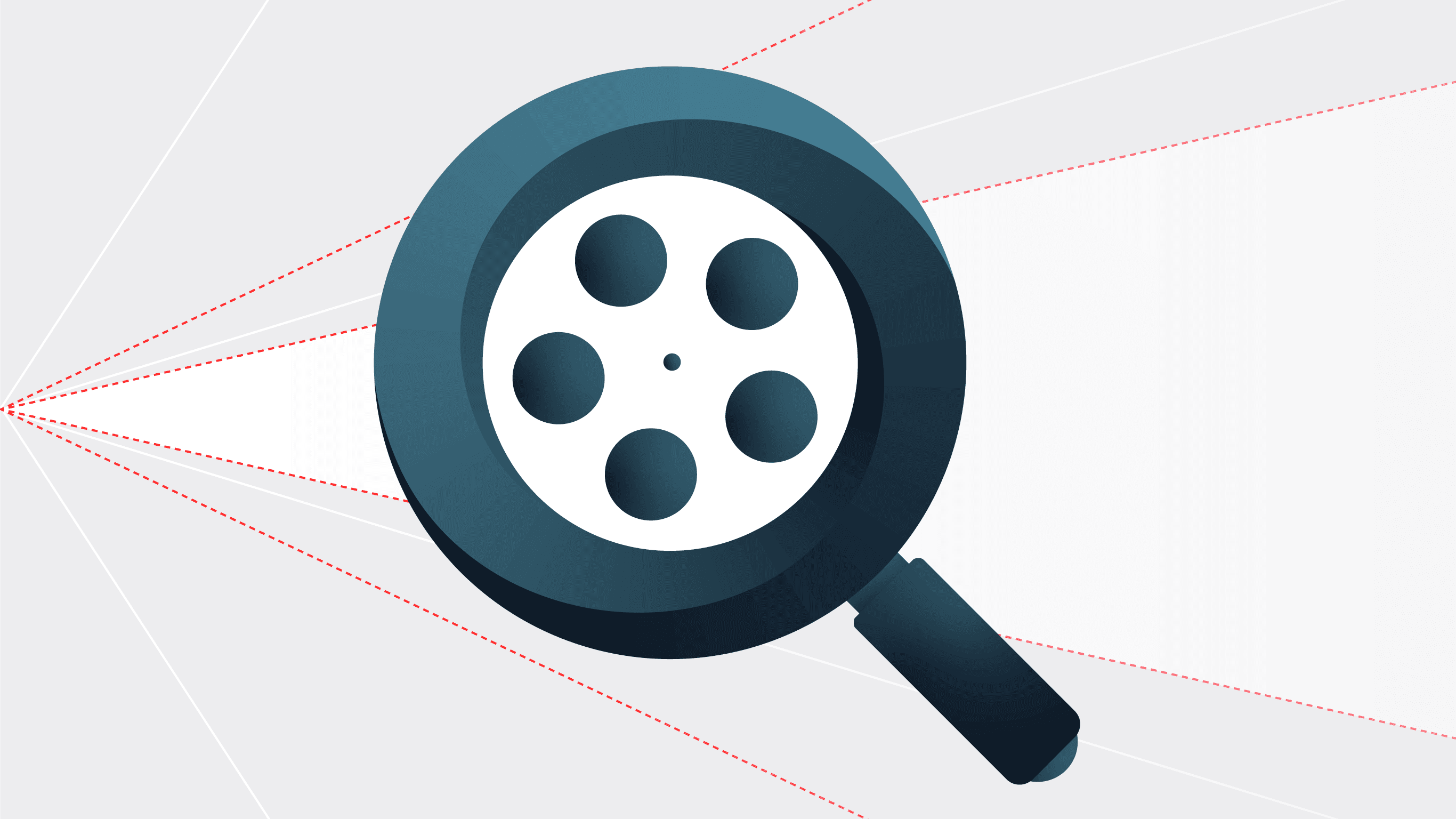Gravity: Newtonian Apples to Quantum Computations
Gravity, the unseen force keeping us grounded, has intrigued and puzzled humanity for centuries. From the early musings of Sir Isaac Newton to the transformative theories of Albert Einstein, our understanding of gravity has evolved, unveiling the intricate dance of celestial bodies and the warping of spacetime itself. Yet, many questions still need to be answered, particularly at the quantum level, where the established theories do not fit.
Current Frameworks are Incomplete
Albert Einstein's Special Theory of Relativity, introduced in 1905, revolutionized our perception of time, space, and energy, establishing a relationship between mass and energy through the iconic equation E=mc2. Einstein’s thought experiments, imagining chasing a beam of light and observing simultaneous lightning strikes, were crucial in developing the principles of relativity. The theory's practical applications are evident in modern GPS technology, which requires adjustments to account for time dilation.
However, the deterministic and continuous nature of events in Special and General Relativity contrasts sharply with the probabilistic and "chunky" events in Quantum Mechanics. This divergence between the macroscopic realm of relativity and the microscopic realm of quantum physics underscores the limitations of our current frameworks in understanding gravity at different scales. Scientists have long sought a unifying theory to harmonize these disparate realms. While this is a complex effort, multiple approaches, including string theory and loop quantum gravity, are being explored to bridge the gap between relativity and quantum mechanics. The quest for a unifying theory continues to be a formidable challenge in the scientific community.
Before Einstein, scientists relied on Newton’s three laws of motion, which were foundational but faced challenges in explaining the behavior of light. The Michelson-Morley experiment in 1887 challenged the existence of "luminiferous ether," a medium proposed for transmitting light, contributing to the development of new paradigms in physics – both since known and still unknown.
Understanding the mysteries of gravity and unlocking its secrets needs a synthesis of knowledge across varied fields. Diverse case studies further underscore the promise held by a multidisciplinary approach. The Workplace Health Group (WHG), with its blend of psychology, health promotion, behavior, and intervention design, showcases the real-world impact achievable through functional diversity and collective efforts over two decades. This can be seen in action in cases like NASA, ESA, and ISAS collaborations, which have enabled complex missions, illustrating the invaluable impact of combined expertise and shared resources on scientific progress.
Looking to the future, the frontier of quantum computing and simulations holds immense potential for all of science as we know it. The development of quantum hardware, processors, and algorithms is paving the way for groundbreaking applications in the field. Computational simulations exploring the effects of gravity on biological systems exemplify the innovative research facilitated by such advancements. Additionally, the challenge of reconciling gravity with quantum mechanics is a profound problem that quantum computing could help address.
Implications for Technology and Energy
The comprehensive understanding of gravity is promising for technological advancements and energy solutions. The exploration of gravitational waves and the dynamic nature of gravity could unlock new frontiers both here on Earth and in our voyage across the stars. Terrestrially speaking, quantum computing might have the power necessary to open our understanding of a unifying theory across disciplines. By developing quantum algorithms capable of simulating gravitational interactions, researchers hope to unravel the mysteries surrounding gravity at the quantum level, which could lead to groundbreaking applications in various fields.
Moreover, the potential of gravity-based technologies extends to the realm of energy. Technologies like gravity batteries, flywheels, and gyroscopes harness gravitational or rotational energy for storage and stabilization. Current challenges like material limitations, energy loss due to friction, and the size and scale of these systems inhibit the widespread deployment of gravity batteries. Physics research, aimed at enhancing material properties and reducing energy dissipation, is crucial to overcoming these barriers and making these gravity-based technologies more efficient and viable. Refining gravity batteries present an alternative to conventional lithium-ion batteries, offering sustainable energy storage solutions without reliance on rare metals. Historical inventions such as the gyrobus, a type of electric bus powered by a large flywheel that stores energy as it spins, exemplify the versatility of unconventional energy storage, harnessing potential energy through simple mechanisms and reducing dependence on complex electronics.
In space travel, enabling more accurate navigation and fostering deeper cosmos exploration will be crucial to breaking beyond our orbit and moon. Gravitational waves, ripples in the fabric of spacetime, provide a new way to observe the universe and understand gravity's interactions at cosmic scales. Their detection and study refine our comprehension of gravity and drive the innovation of technologies necessary for precise navigation and communication in the vastness of space.
Collaborative engineering and materials science projects are underway to address challenges in space technology and energy solutions for deep space navigation. At Ohio State University, a multi-disciplinary team is pioneering advancements in welding technology for space applications, integrating advanced instrumentation, and conducting microgravity experiments in collaboration with NASA. Energy storage and management challenges in varying gravitational conditions demand innovative engineering solutions. Extended space voyages under different gravitational conditions can affect battery materials and overall performance. Research into how materials behave and how energy storage systems can be optimized under these conditions is crucial for the success of long-term space missions and the development of technologies capable of withstanding varying gravitational forces. These endeavors signify integrating knowledge across disciplines and pursuing innovations that leverage the principles of gravity.
The exploration of gravity is a testament to human curiosity and the relentless pursuit of knowledge. A multi-disciplinary approach, marked by international collaborations, diverse research teams, and the integration of advanced computational methods, is indispensable for unraveling the complexities of gravity. The convergence of diverse fields and technologies is forging a pathway toward a deeper understanding and innovative solutions, highlighting the necessity and promise of a united scientific endeavor. As we stand on the shoulders of giants, we gaze into the cosmos, anticipating the untold wonders that the dance of gravity has yet to reveal.




